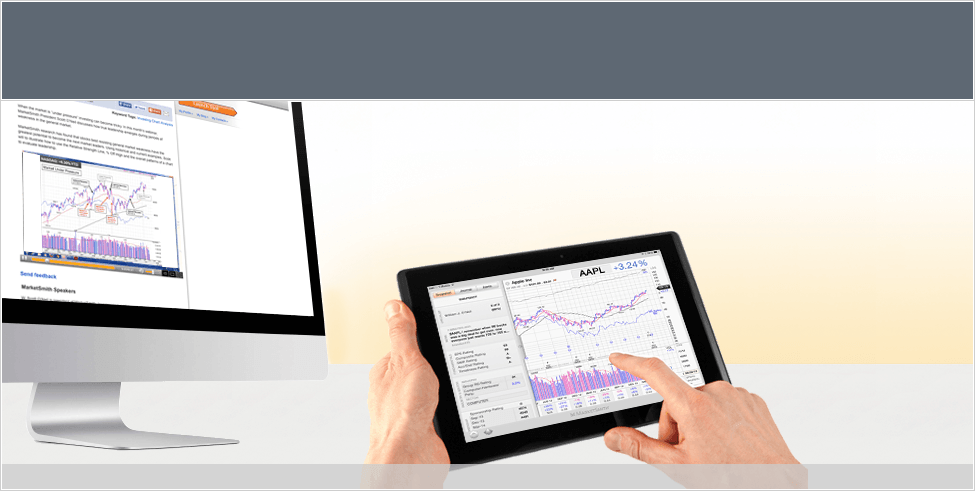5 Great Ways to Analyze Your Portfolio Stock Trading To Go
Post on: 12 Апрель, 2015 No Comment

Has your portfolio maximized the most recent stock market rally? Did you avoid the selling onslaught throughout 2008?
Most investors have done neither and that is because trading has been extremely volatile and unpredictable. There are simple ways though to take a closer look at your own investment portfolio to help determine where improvements can possibly be made. ETF Guide recently offered five great parameters to help analyze ones portfolio. They are (Note: shortened for length):
Performance
One way to correctly analyze your investment portfolio is to look at its aggregate performance versus major benchmarks like the Dow Jones U.S. Total Stock Market Index (TMW), the S&P 500 (SPY), the MSCI EAFE Index (VEA) and the Barclays U.S. Aggregate Bond Index (AGG). Make sure you evaluate your portfolios performance over the exact same time period.
Our Thoughts: ETF Guide promotes comparisons with index ETFs versus the indices themselves for obvious reasons. Regardless if using an ETF or the index itself simply compare its return to your own portfolio to see if you are doing better. Performing better than the indices is also known as, beating out the benchmark.
Risk
A properly designed portfolio will exactly match your acceptable level of risk. This is sometimes referred to as risk tolerance. Your investment time horizon, your age, your personality and your bottom line investment goals are other factors to consider too. Your investment portfolios asset mix should reflect a harmonious balance to each of these areas based upon your unique goals.
Our Thoughts: Before investing with any mutual fund or manager make sure that risk tolerance is discussed and understood. Also beware of sneaky management fees. Owning a mutual fund that averages 5% consistently each year is nice and conservative but its 2% management fee is a hefty tradeoff.
Diversification
true diversification is not achieved by the quantity of funds you own, but rather the asset classes they touch. Strive to get diversified market exposure to major asset classes via low-cost investment vehicles, like index mutual funds or index ETFs.
Our Thoughts: The article highlight Real Estate both local and International alongside Commodities and Cash as key areas to be included in any well diversified portfolio. Unfortunately diversification saved no investors during the latest bear market. Investors must know that diversification serves a primary purpose of lowering risk and is designed for the long haul.
Cost

Numerous academic studies have proven that investment cost is one of the most important factors impacting investment performance. Owning mutual funds with elevated expenses usually results in market underperformance. Its an investment truth as sure as other basic truths, like the law of gravity. While none of us can control the performance of stocks or bonds, we can control the cost of investment management. Keep your fund expenses low.
Our Thoughts: Take advantage of low cost ETFs as an alternative to high fee mutual funds. Also note that there is no correlation between paying mutual funds loads and receiving better performance. Our suggestion is simply to stay away from any fund that charges a front or back end load .
Tax Efficiency
A 2008 Lipper study found that buy-and-hold investors with mutual funds in a taxable account surrendered between 1.3% to 2.2% of their annual returns over the past 10 years. In 2007 alone, the tax bite to fund investors amounted to a record $33.8 billion. Minimizing the adverse impact of taxes should be a priority for all serious investors.
One step towards minimizing your tax bill is to invest in tax-efficient investments that distribute little annual capital gains. In this regard, ETFs can help you.
Our Thoughts: Read numerous articles on ETFs by visiting our stock market education page.
Related Posts:














